Compressible Flow CFD Simulation Training Package, Advanced Users, 10 Projects
$329.00 $164.50 Student Discount
This CFD training package is prepared for ADVANCED users of ANSYS Fluent software in the COMPRESSIBLE FLOW area including 10 practical exercises.
Click on Add To Cart and obtain the Geometry file, Mesh file, and a Comprehensive ANSYS Fluent Training Video.To Order Your Project or benefit from a CFD consultation, contact our experts via email (info@mr-cfd.com), online support tab, or WhatsApp at +44 7443 197273.
There are some Free Products to check our service quality.
If you want the training video in another language instead of English, ask it via info@mr-cfd.com after you buy the product.
Description
Compressible Flow CFD Simulation Package, 10 ANSYS Fluent Training for ADVANCED Users
This CFD training package is prepared for ADVANCED users of ANSYS Fluent software in the COMPRESSIBLE FLOW area including 10 practical exercises. You will learn and obtain comprehensive training on how to simulate projects. The achieved knowledge will enable you to choose the most appropriate modeling approaches and methods for applications and CFD simulations.
Compressible Flow occurs in many industrial devices and applications. some of these cases are investigated in this training package.
Compressor
Problem 1 simulates the air compression inside a Rampressor. The rampressor is a unique type of ultrasonic compressor rotor that operates at a high-pressure ratio, and engine technology and gas compression are the ramjet ultrasonic shock wave. The operating mechanism of these compressors is such that the gas flow passes through a fixed outer cover and a sloping surface or inner ramp.
Aerial Structure
Problem 2 simulates compressible flow around an aerial structure considering Large Eddy Simulation (LES). A density-based approach has been used to define the type of airflow solution around this aerial structure; Because the existing airflow is entirely compressible.
Project 3, supersonic flow over an F-16 aircraft considering inviscid fluid was simulated, and then the results were investigated. Supersonic speed is the speed of an object that exceeds the speed of sound. It is estimated to be around 343 m/s in the dry air at a temperature of 20 C.
Car
In Project 4, the aerodynamic coefficients of a Formula One (F1) car by two different solvers pressure-based and density-based, have been studied, at a speed of 108 meters per second at a lateral angle of zero degrees (actually a straight path). This velocity at the ground level is equivalent to a Mach number of approximately 0.32. We know this area from Mach number is the transition zone from incompressible to compressible flow, so on this geometry, the drag coefficient is investigated using two pressure-based and density-based solvers is discussed.
Steam Ejector
Problem 5 simulates the process of condensation inside a steam ejector. When the Wet Steam multiphase model is used, two sets of transport equations are solved: the mass fraction of the condensed liquid phase and the number or concentration of droplets per unit volume.
Paper Numerical Validation in Compressible Flow CFD Simulation Training Package
NACA0012
In project 6, we simulated the compressible flow around the NACA0012 airfoil, and then we compare the results with the results extracted from an article called this “Numerical Simulation OF VISCOUS TRANSONIC AIRFOIL FLOWS”.
Steam Ejector
Problem 7 simulates the water vapor flow inside a steam ejector. This numerical simulation is based on the reference paper “CFD simulation on the effect of primary nozzle geometries for a steam ejector in refrigeration cycle” and the results of the present numerical work are compared and validated with the results in the reference article. An ejector is a mechanical device that uses an actuator fluid to suck a secondary material (gas, liquid, or solid particles), and finally, the actuator fluid and the suction substance are mixed together and exit from the system.
Turbine Cascade
Problem 8 simulates the two-dimensional compressible flow field through a transonic linear turbine cascade. The present project’s results are compared with the experimental results of the paper “Midspan Flow-Field Measurements for Two Transonic Linear Turbine Cascades at Off-Design Conditions”. Turbulence modeling and Computational procedures (boundary conditions, etc.) are simulated based on the article “Numerical study of the flow field through a transonic linear turbine cascade at design and off-design conditions”.
Acoustic in Compressible Flow CFD Simulation Training Package
Problem 9 simulates the acoustic wave and the sound produced inside a Turbojet. The model includes a turbojet that has a fan in its inlet. This fan is rotating at 2000 rpm and around the X-axis in the current model.
RBF Morph
Finally, in Project 10, the flow inside a NACA0012 airfoil is first has been simulated. The angle of attack is 1.53 degrees and the simulation has been done by the density-based solver due to the compressibility with a Mach number equal to 0.7. Then the geometry is optimized to improve lift-to-drag (L/D) as aerodynamic efficiency.
[/vc_column_text][/vc_column][/vc_row]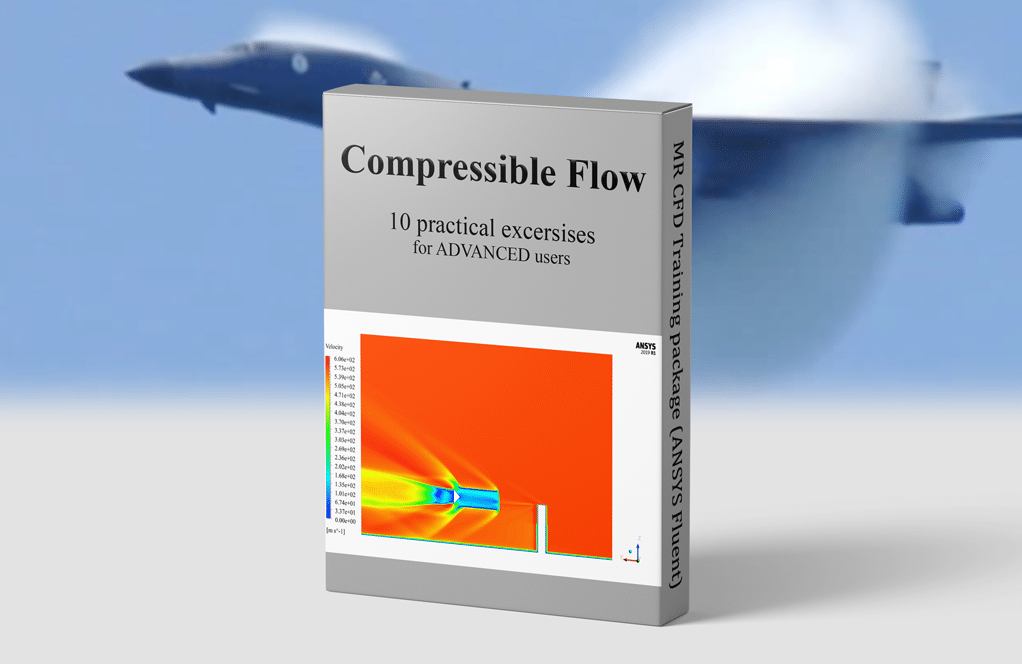
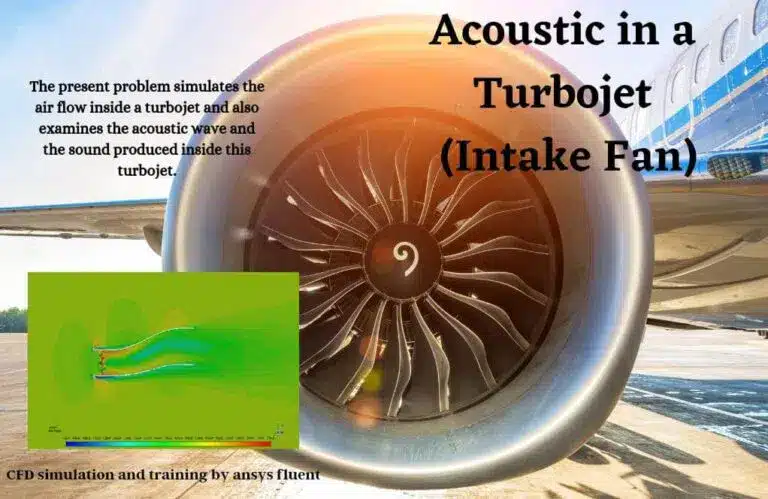
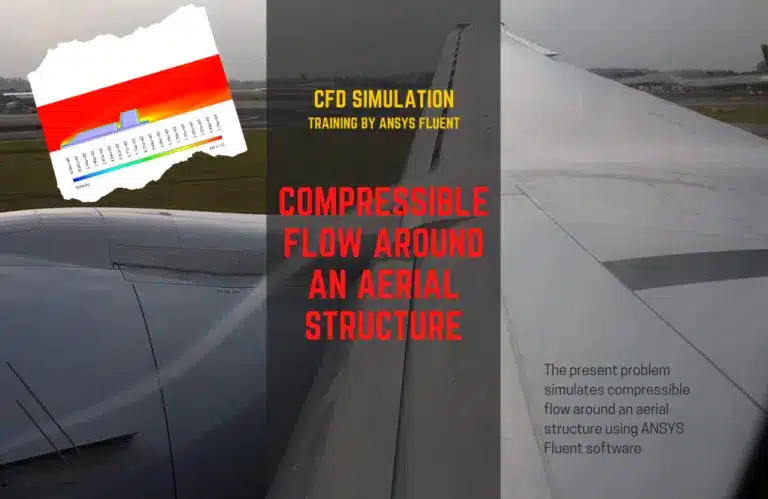
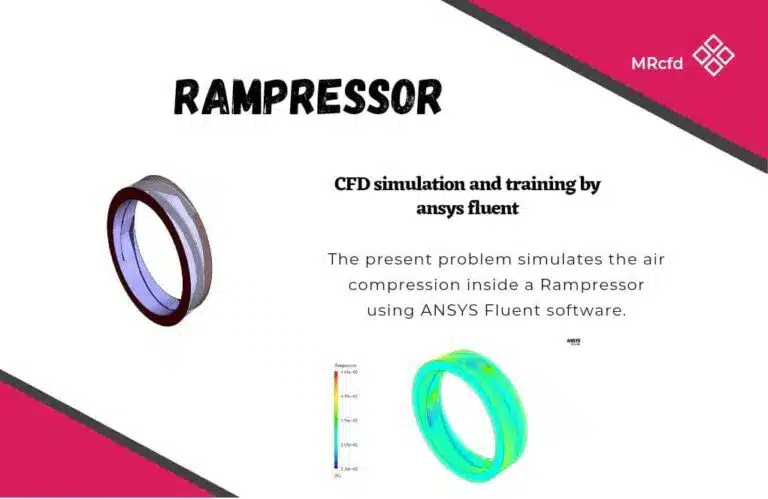
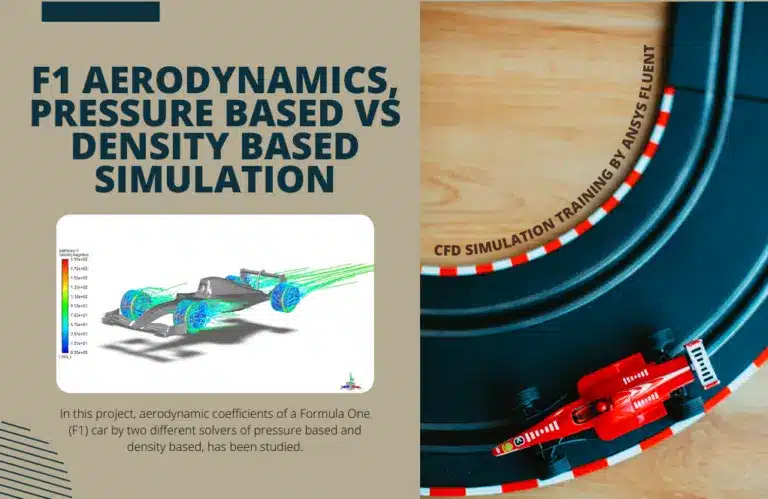
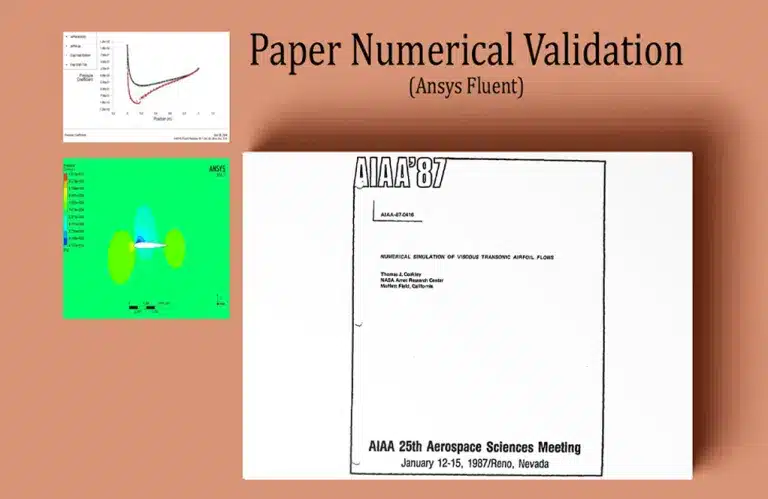
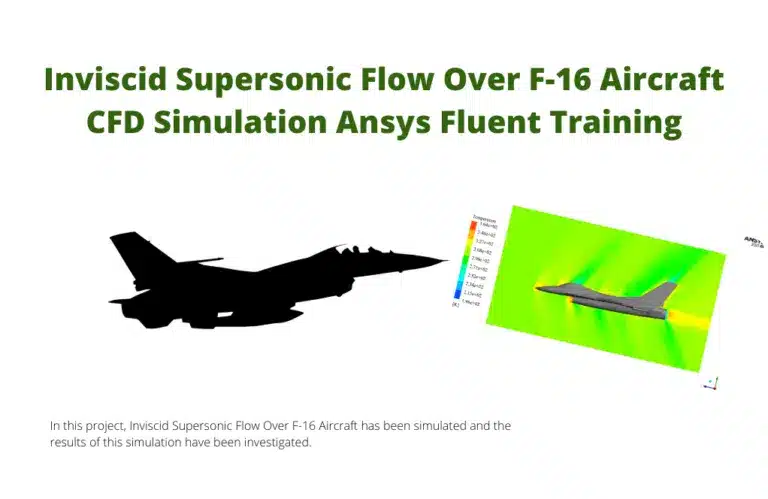
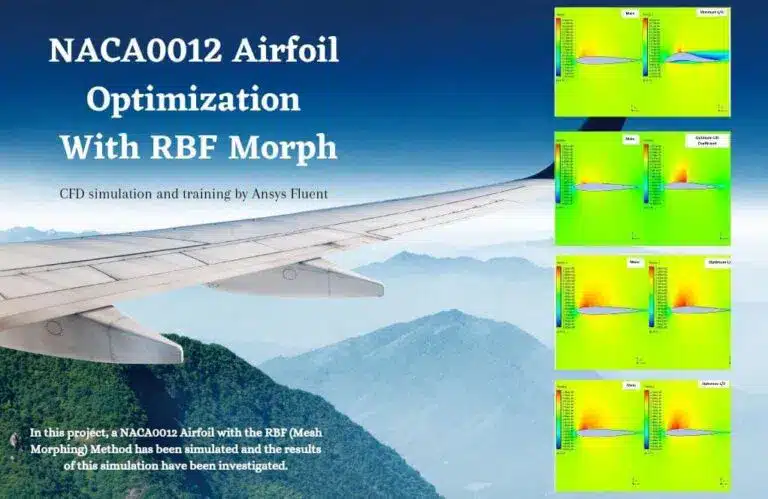
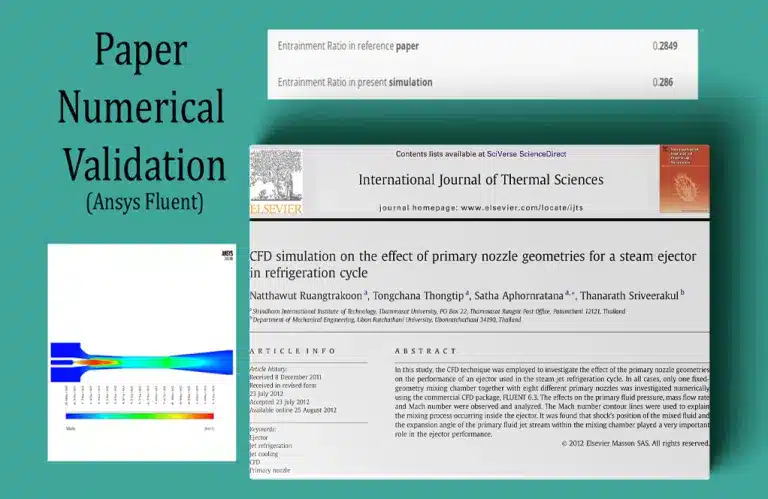
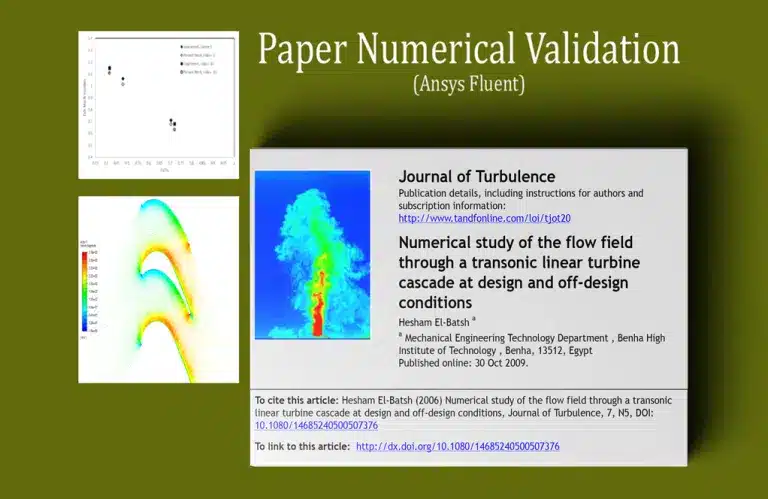
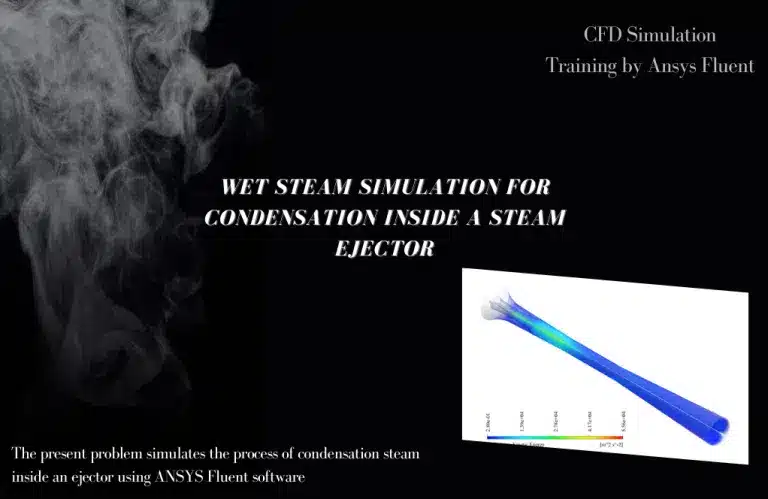
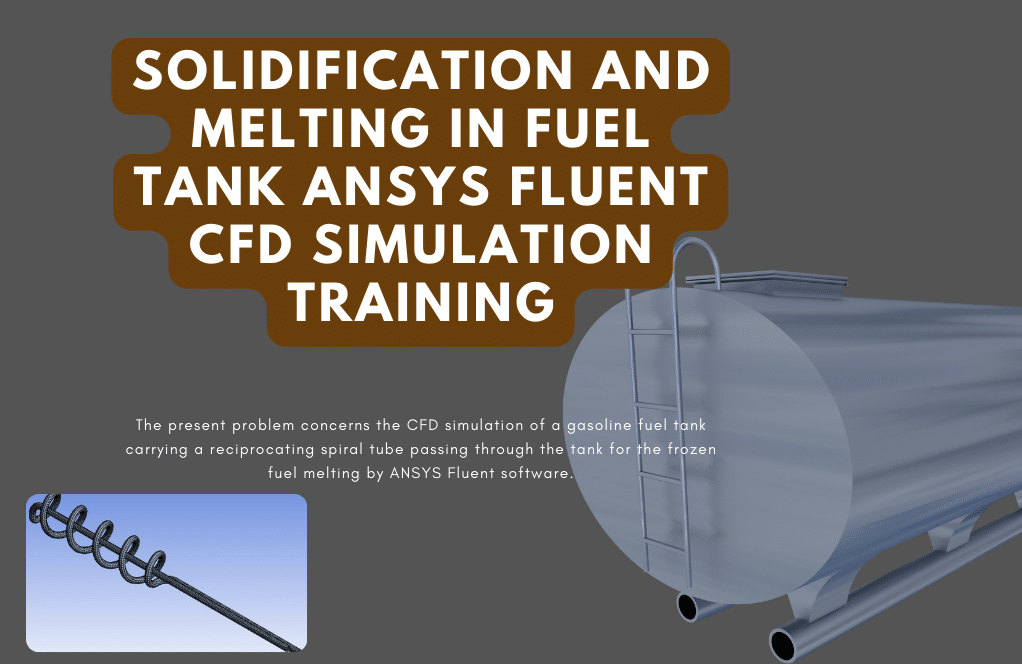
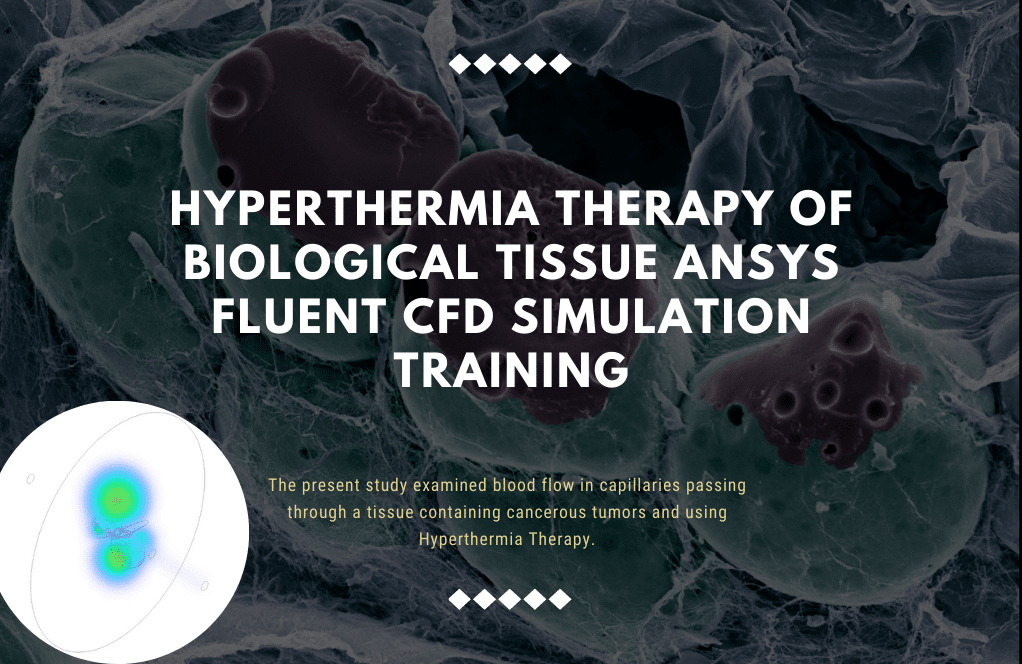

Mr. Daryl Kessler –
I’m an advanced user and I’m particularly interested in the underlying physics of the models used in the CFD simulations. Could you explain more about the fundamental principles that these models are based on?
MR CFD Support –
In our Compressible Flow Ansys Fluent Training Package, we use models based on fundamental principles of fluid dynamics. These principles include the conservation of mass, momentum, and energy, which are embodied in the Navier-Stokes equations. The models also incorporate the concept of compressibility, which is essential for accurately simulating high-speed flows. Each exercise in the package provides a deep dive into these principles, allowing advanced users to gain a thorough understanding of the physics involved.
Ima Grant DDS –
I have a specific project in mind that involves complex compressible flow simulations. Can the training package be tailored to suit my specific needs?
MR CFD Support –
Absolutely! At MR-CFD, we understand that every user has unique needs and we’re more than willing to accommodate them. If you have a specific simulation or project in mind, we can customize the training package to suit your requirements. Just let us know what you need, and we’ll do our best to assist you.
Kari Steuber –
I’ve noticed that the training package includes 10 practical exercises. Could you elaborate on the complexity of these exercises and how they can help me in understanding the nuances of compressible flow simulations?
MR CFD Support –
The 10 exercises included in the package are designed to challenge and engage advanced users. They cover a wide range of topics related to compressible flow, including shock waves, supersonic flow, and heat transfer in high-speed flows. Each exercise provides a step-by-step guide to setting up, running, and analyzing a simulation, helping users to gain a deep understanding of the complexities involved in compressible flow simulations.
Aracely Jacobi –
The package really broadens the expertise in compressible flow simulations with practical examples!
MR CFD Support –
Thank you for your kind words! We’re thrilled to hear the package enhanced your understanding of compressible flow simulations. If you need further learning resources or support, feel free to reach out!
Iva Spencer –
The CFD training package seems extremely comprehensive and perfect for advanced users. Going through the various applications from shock waves to supersonic flow over aircraft and complex phenomena like transonic turbine cascade flows is impressive. I would like to give a shoutout to the team behind this package for including both theoretical and practical validation exercises which can greatly enhance one’s understanding and capability in compressible flow simulations. The balance between simulation and theory, paired with the variety of covered topics makes this package seem like a treasure trove for anyone serious about mastering CFD in compressible flow applications.
MR CFD Support –
Thank you so much for your kind words about our Compressible Flow CFD Simulation Training Package! Your recognition of the comprehensive content and practical validation exercises underscores the dedication and hard work we put into creating educational materials that empower learners. It is particularly gratifying to hear that our balance of theory and hands-on simulation in a variety of topics meets your standards for mastering CFD techniques. We are thrilled that you find the package valuable and look forward to supporting your growth in the field of CFD. Do not hesitate to reach out if you need further assistance or have any queries. Again, thank you for choosing our training package and for your positive feedback!
Ms. Fay Feeney –
I am thrilled with the Compressible Flow CFD Simulation Training Package! The variety of projects and in-depth exploration of different compressible flow scenarios has significantly enhanced my understanding of various simulation methodologies. The clear guidance on choosing between pressure-based and density-based solvers for different Mach number regimes was particularly enlightening. Thank you, MR CFD, for creating such comprehensive and advanced training material!
MR CFD Support –
We are delighted to know that our Compressible Flow CFD Simulation Training Package has met your advanced learning needs and helped deepen your understanding of simulation methodologies. Our aim is always to provide comprehensive and clear training for our users, and your feedback is valued. Thank you for taking the time to share your positive experience!
Nat Kris –
What an incredibly comprehensive learning source for advanced CFD topics! I am particularly intrigued by the range of practical exercises included, from studying aerodynamics on F1 cars to simulating acoustic waves inside a turbojet. The option to compare simulation results with reference articles adds further credibility to the learning experience. The diversity in methodologies and physics, such as dealing with compressible flows in turbines and using RBF Morphing for airfoil optimization, is remarkable. Cannot wait to apply these concepts to my work!
MR CFD Support –
Thank you so much! We are thrilled to hear that you find the Compressible Flow CFD Simulation Training Package enriching and useful for advanced applications. It’s great to know that our reference-centric approach and diverse range of exercises resonate with your professional needs. If there’s anything else we can assist you with, or if you want to explore further topics, feel free to reach out. We’re keen on aiding your journey through the advanced terrains of CFD!
Birdie Mohr –
The combination of in-depth projects and advanced CFD concepts covered in this training package is just what I needed to push my simulation skills to the next level. It’s rare to find such comprehensive material that extends from foundational theories to the intricacies of modern aerodynamics and compressibles!.
MR CFD Support –
Thank you for your feedback! We are thrilled to hear that our Compressible Flow CFD Simulation Training Package for advanced users has significantly enhanced your simulation competencies. It’s our goal to provide detailed and applicable content to help our users tackle sophisticated CFD challenges with confidence. We look forward to helping you with any further learning opportunities in the future.
Mr. Ansel West II –
I’ve just completed all ten projects in the Compressible Flow CFD Simulation Package for advanced users and the depth of knowledge I’ve gained is impressive. The step-by-step approach in each project really helped me grasp the complexities of compressible flows, and the results have been incredibly close to the reference materials provided. Thank you for such a thorough and professional CFD training resource!
MR CFD Support –
We’re thrilled to hear such positive feedback on our Compressible Flow CFD Simulation Training Package. It is our aim to provide detailed and comprehensive learning resources to further knowledge in the field of CFD. Thank you for choosing our training package, and we appreciate you taking the time to share your experience!
Vallie Weimann PhD –
I never imagined I’d gain such in-depth comprehension of compressible flow before this training. Every project sharpened my skills, and particularly the comparisons with real-world data gave me immense confidence in applying these simulations. I’m genuinely impressed by how the training seamlessly blended theory with practical application, paving a clear path for understanding even complex phenomena like shock waves and acoustic simulations in turbojets.
MR CFD Support –
We’re thrilled to hear about the positive impact our Compressible Flow CFD Simulation Training Package for Advanced Users has had on your skills and confidence. Your grasp of complex phenomena through our practical exercises is exactly what we aim for with our training modules. Thank you for choosing MR CFD, and we appreciate you taking the time to share such a detailed compliment. If you ever need further assistance or wish to continue advancing your expertise, keep in mind that we offer a range of topics to explore. Your success is the best testimony to the effectiveness of our learning materials!
Libbie Abbott –
I appreciated the advanced concepts and comprehensive range of topics covered in the Compressible Flow CFD Simulation Training Package. The step-by-step guidance on selecting appropriate modeling methods really enhanced my understanding of tackling complex simulations in my projects. A fantastic resource for any CFD specialist looking to deepen their knowledge in compressible flow simulations!
MR CFD Support –
Thank you for your valuable feedback! We’re thrilled to hear that the Compressible Flow CFD Simulation Training Package met your advanced learning needs and helped deepen your understanding of the subject. Your success with the simulations is inspiring, and we’re glad that our product could contribute to your professional growth in CFD. If you ever have any further questions or require additional resources, don’t hesitate to reach out. Happy simulating!
Eunice Mante –
I just completed the training, and I have to say, the variety of compressible flow simulations was impressive. The switch between pressure-based and density-based solvers helped me unlearn the practical implications on results. Great course for anyone looking to deepen their understanding in aerodynamics and related fields!
MR CFD Support –
Thank you for your enthusiastic feedback! We’re thrilled to hear that our Compressible Flow CFD Simulation Training Package exceeded your expectations and provided you with a comprehensive understanding of both pressure-based and density-based solvers. Your mastery of the different simulations will surely contribute to your expertise in the field of aerodynamics. We appreciate you taking the time to review our product, and we hope to continue to support your learning journey!
Rodolfo Grant –
Just stopped by to say how amazed I am with the Compressible Flow CFD Simulation Training Package. Each project provided unique insights and really solidified my understanding of simulation in various compressible flow scenarios. Congratulations on putting together such an educational and well-structured training package for advanced users!
MR CFD Support –
Thank you for your kind words and positive feedback on our Compressible Flow CFD Simulation Training Package. We’re thrilled to hear that the projects provided valuable insights and helped deepen your understanding of complex simulations. We appreciate you choosing our learning products and are glad to support your advanced learning journey in CFD. If you have any further questions or need additional assistance in the future, don’t hesitate to reach out!
Markus Olson DVM –
I just completed the
MR CFD Support –
Thank you for the appreciation. We are thrilled to hear that our effort to provide substantial training content is making a real impact. Your feedback is important to us, and we’re glad the the learning process!
Walter Hartmann –
The diversity of projects in the Compressible Flow CFD Simulation training package has impressed me greatly. The practical exercises spanning various industries have provided in-depth knowledge and reinforced my understanding of complex simulations.
MR CFD Support –
Thank you for your positive feedback! We’re thrilled to know that our training package has enhanced your CFD skills across different applications and provided you with a comprehensive understanding of compressible flow simulations.
Gretchen O’Connell Jr. –
I’ve been very impressed by the attention to detail in each of the projects included in the Compressible Flow CFD Simulation Training Package. The projects selected cover a broad range of compressible flow scenarios and applications, which truly broadened my understanding of the subject. Thanks to the team at MR CFD for such educational content!
MR CFD Support –
We appreciate your positive review and are thrilled to hear that you found our Compressible Flow CFD Simulation Training Package for Advanced Users informative and comprehensive. Our aim is to provide in-depth and varied content to help our customers excel in their projects. Thank you for choosing MR CFD for your learning journey!
Dr. Ariel Ruecker Jr. –
I really appreciated the detailed approach to studying compressible flow across various applications in the Advanced Users package. The mix of industrial contexts and the emphasis on choosing the right solver and methods gave me a deeper understanding. The comparative analysis using articles provided relevant academic insights alongside hands-on CFD experience.
MR CFD Support –
Thank you for your positive feedback on the Compressible Flow CFD Simulation Training Package for Advanced Users! We are thrilled to hear that the diverse mix of practical exercises and academic insights provided you with a comprehensive understanding and a deep dive into the intricacies of compressible flow simulations. We strive to deliver valuable learning experiences for our users, and your compliment assures us we’re on the right track.
Dr. Willard Schulist –
I learned so much about compressible flows through the projects in this training package. The variety of applications, from aerospace to automotive, provided a comprehensive learning experience. It was exciting to see how different solvers are applied to various problems, especially the comparison of pressure-based and density-based solvers on the F1 car aerodynamics. It has remarkably enhanced my understanding of CFD applications in high-speed flows.
MR CFD Support –
Thank you for sharing your positive experience with our Compressible Flow CFD Simulation Training Package for advanced users. We are delighted to hear that our selection of projects across different sectors and detailed approaches to solver application has significantly contributed to your understanding of fluid dynamics in high-speed scenarios. Your feedback is much appreciated, and we’re glad we could facilitate your learning journey!
Bailey Bosco –
I recently completed the Compressible Flow CFD Simulation training package, and I must say, the diversity of projects from steam ejectors to turbojets was impressive. The inclusion of both fundamental theory and practical case studies in the training materials provided a comprehensive understanding of compressible flow phenomena. It was particularly helpful to see how different solvers and modeling approaches were applied to various problems. Thank you for offering such an in-depth and practical learning opportunity.
MR CFD Support –
Thank you for your feedback! We are pleased to hear that you found the diversity of project scenarios and the blend of theory and practice in our Compressible Flow CFD Simulation training package for advanced users valuable. We strive to prepare our users to tackle a wide range of real-world problems with confidence, and we’re grateful that we could support you in enhancing your understanding and skills. If you require further assistance or have more questions in the future, please feel free to reach out.
Jedediah Moore –
The training was so comprehensive! I learnt a ton about how to properly setup and analyze different types of compressible flows. Really glad I took up this learning package.
MR CFD Support –
Thank you for your kind words! We are thrilled to hear that our Compressible Flow CFD Simulation Training Package was helpful to you. It’s great to know that you’ve gained significant knowledge on various compressible flow scenarios. We appreciate your feedback and look forward to supporting your future learning endeavors.
Wilfredo Zemlak Jr. –
This sounds like an incredibly comprehensive training package! Can I expect to learn about choosing and optimizing solvers for specific scenarios of compressible flows from these tutorials?
MR CFD Support –
Yes, this training package is designed to guide you through the process of choosing appropriate solvers for various compressible flow scenarios and will help you understand how to optimize these solvers to achieve accurate simulation results. You’ll gain valuable insights into making informed decisions based on the flow characteristics of your projects.